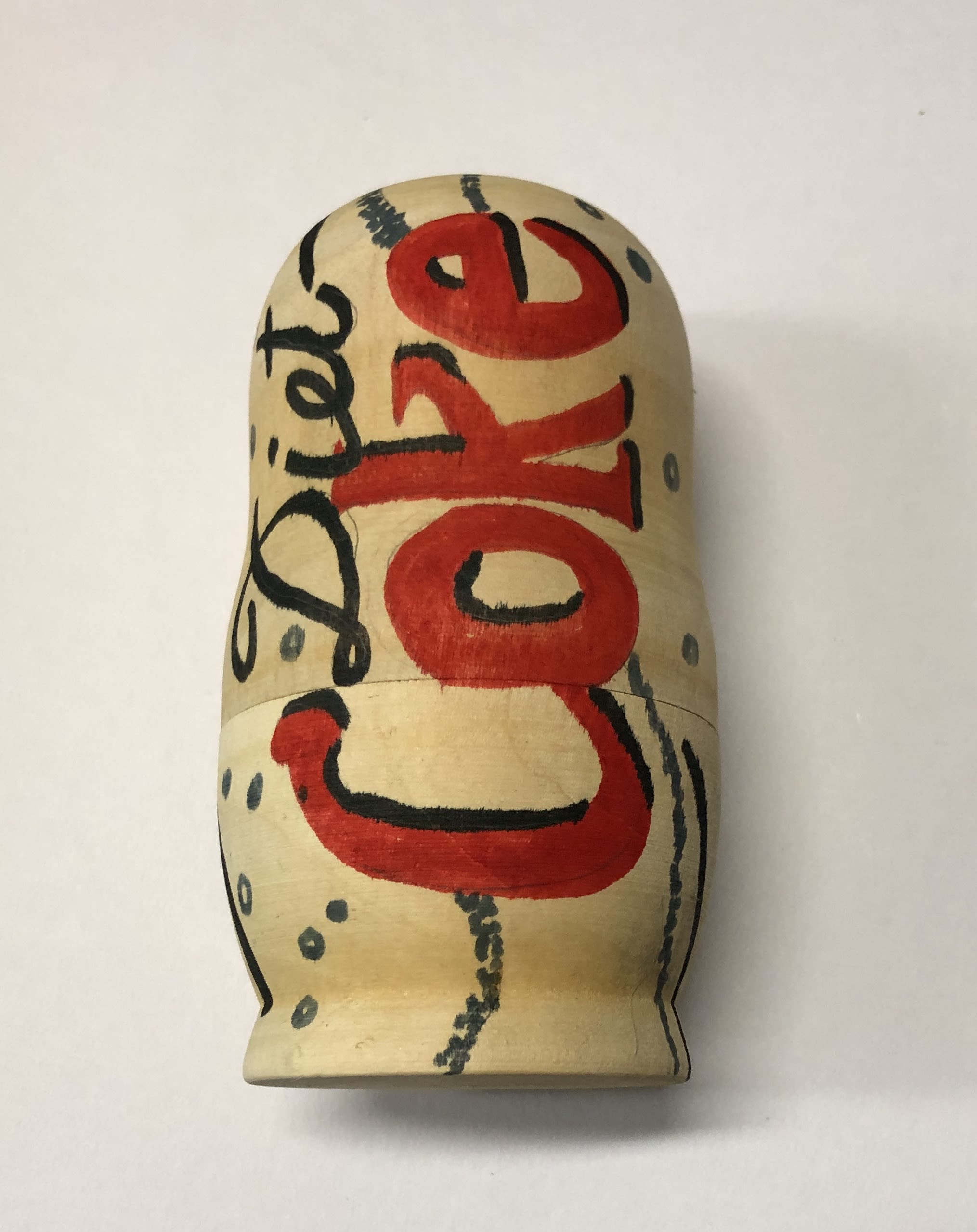
Gut Feelings - Sarah Dixon's SURGE III Artist Residency Workshop Report

- Written bySarah Dixon
- Published date 15 January 2024

SURGE III is the third instalment of UAL's Post-Grad Community (PGC) and UCL's WEISS Centre collaborative programme that brings together scientists, artists and the public to explore the complexities and application of technology in surgery.
PGC and WEISS have commissioned three artist and researcher teams to work with patient groups to develop art and design-led solutions to technical healthcare.
Sarah Dixon (MA Performance: Society, Central Saint Martins) was paired with Ryman Hashem (Senior Research Fellow in Medical Robotics, UCL). Together, their project explores the experiences and impact of Hyperemesis Gravidarum (HG) (extreme nausea and vomiting during pregnancy).

Sarah Dixon is working with UCL Research Fellow Ryman Hashem to explore the impacts of extreme pregnancy sickness, with a group of participants who had experienced this condition in diverse ways.
Ryman is building soft stomach robots that can be used to examine the way the stomach works , in order to improve medical interventions in the gut. Inspired by Ryman’s research, Sarah made a connection with hyperemesis gravidarum (HG), or extreme pregnancy sickness, which affects approximately 3% of people in pregnancy.
Background
Hyperemesis gravidarum (HG) is not well understood and can be life-threatening as well as having other serious health and psychological impacts. According to the charity Pregnancy Sickness Support (PSS), “HG strongly limits everyday activities; vomiting and/or nausea are severe.”
HG was historically a leading cause of death in early pregnancy, through dehydration and starvation. Now treatable, it still causes significant discomfort, distress and other issues, partly due to how it is perceived by others. HG can lead sufferers to terminate pregnancy, or to decide not to have another child.
Through shared learning, discussion, workshops and creative production, we are exploring:
- - The experience and impact of hyperemesis at the personal level
- - Building trust with soft robots, relating externalised organs to felt experience
- - Stories of lived experience of HG, the impact of that on reproductive decision-making
- - The social need to be understood, believed and heard

The Workshop
We had many people respond to our call out for participation with sharing of some very traumatic histories including termination for medical reasons (TFMR), PTSD and surgical treatments for the damage done by the condition. In the event, just 4 people attended the workshop in London, which gave those present a lot of space for sharing stories and connecting. Among them were a researcher, a Detective Inspector, a lawyer and a midwife.
We observed Ryman’s stomach robot, carefully delivered by taxi to the workshop space, as it modelled emesis. Because the robot model is transparent we could see the intensity and speed of the muscular contraction. One participant said “seeing the robotic model of the stomach throwing up was so interesting and shocking as someone who had to do it 15-20 times a day!”
Participants made artworks, using a variety of materials in the space, and over lunch the sharing of stories grew deeper. We decided to record some audio to use in the film we are making for the project.
Several of the artworks included words, the things people had said to them or things they had been feeling or thinking. One participant made a map of her commute to work, marked with the place where she had been sick on the way. Another took one of our blank matryoshka nesting dolls and painted it carefully as a Diet Coke because that was one of the few substances she could consume during her HG experience.
The researchers at the workshop who hadn’t experienced HG discovered that it was more serious and intense than they had realised. One comparison was made to having severe food poisoning, and realising
that with pregnancy the sickness at this level can continue for weeks. There is also a form of HG called “dry” hyperemesis which is extreme and debilitating nausea but with less emesis. All participants spoke of how little the condition was understood, whether by family, healthcare professionals or even themselves. It can be hard to understand what is happening when we have not had any education or expectation around this experience, and there is sometimes a sense of the meaning of pregnancy and having a child being challenged or changed.

Creative Production
We are now gathering the materials, inputs, images and audio, and exploring the use of the stomach robot and static models to generate a film for display and sharing. There will also be a sculptural installation at the Lethaby window gallery using some of the plastic sheeting we had to protect the workshop floors from the art materials.

Participant feedback and quotes
“Loved speaking to other women that had been through the same experiences- it was very cathartic.” - Workshop participant
“Thank you for giving us the space to come together” - Workshop participant
“Thank you for doing this research - it’s made me quite emotional thinking that you’re developing your time and resources to it” - intended participant



Related Links
- Wellcome / EPSRC Centre for Interventional and Surgical Sciences (WEISS)
- UAL Post-Grad Community
- SURGE I exhibition walkthrough
- Follow Sarah on Instagram
- Find out more about the SURGE III partnerships
Post-Grad Stories
A thriving online magazine of our postgraduate student voices sharing thought-provoking experiences, practices, thoughts and articles about what matters to them.
Download the PDF Guide to writing articles for Post-Grad Stories
Want to write an article? Get in touch with the Post-Grad Community team PGCommunity@arts.ac.uk
UAL Post-Grad Community
Established in 2013, Post-Grad Community is an inclusive platform for all UAL postgraduate students to share work, find opportunities and connect with other creatives within the UAL and beyond. Find out more